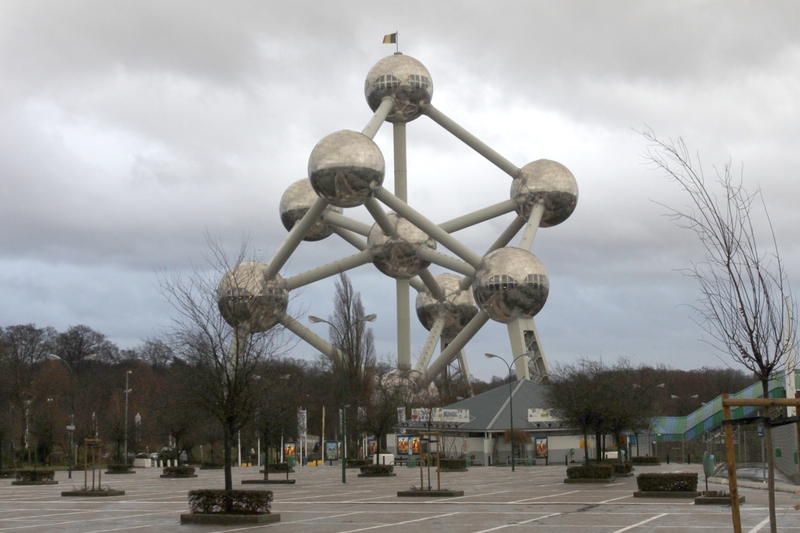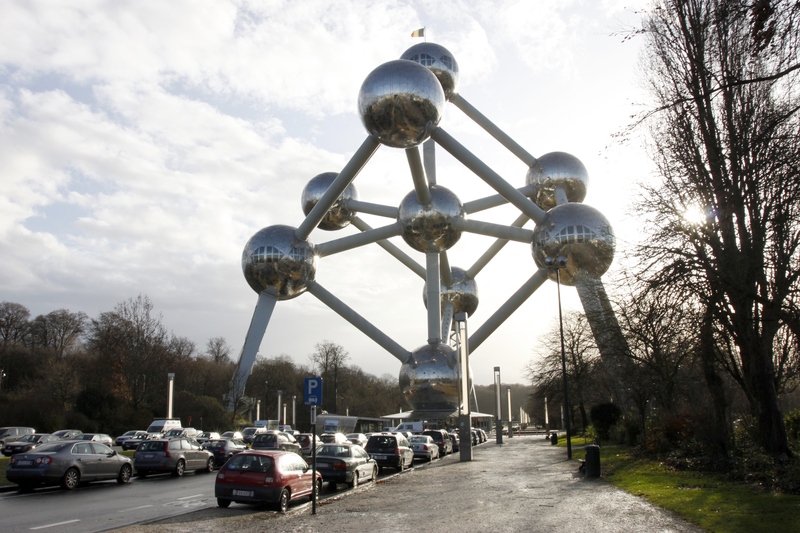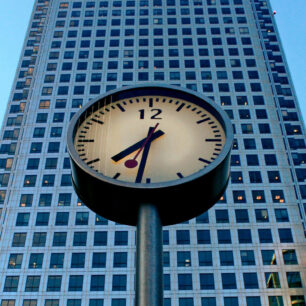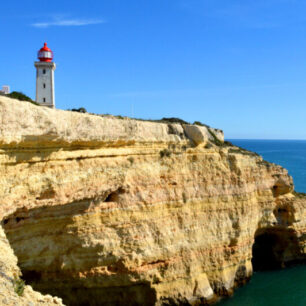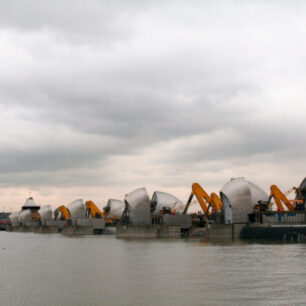When most people think of Brussels, their minds may jump to chocolate, waffles, or perhaps the political buzz of the European Union.
But venture just a bit outside the city center, and you’ll encounter something entirely unexpected: a massive, gleaming structure that looks like it was dropped here from another galaxy.
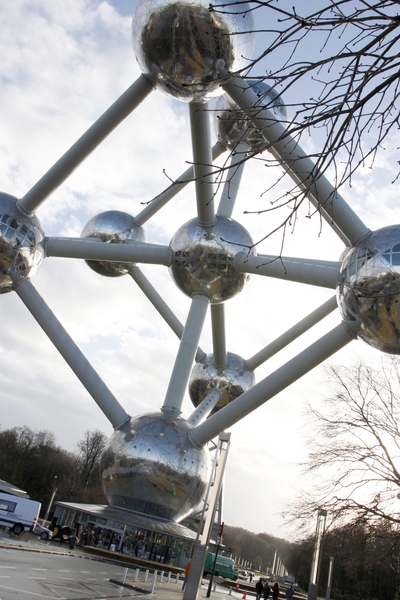
This is the Atomium—equal parts architectural marvel, historical relic, and cultural symbol. It’s not just a building; it’s a story told in stainless steel, one that bridges science fiction dreams with post-war optimism.
The Atomium: Born from a Bold Vision
The Atomium wasn’t meant to be permanent. In fact, it was originally built for the 1958 Brussels World’s Fair (Expo 58)—the first World Expo held after World War II and a landmark event for Europe.
Designed by engineer André Waterkeyn, with the help of architects André and Jean Polak, the Atomium was conceived to embody the spirit of scientific progress and modernity that the Expo sought to celebrate.
Its unique shape is no accident. The Atomium is a representation of an iron crystal magnified 165 billion times, a tribute to the atomic age and the scientific optimism of the 1950s. This was an era when atoms weren’t associated with bombs and fear, but with boundless potential. The idea was simple yet powerful: to turn science into spectacle, and to make the invisible—atomic structure—visible on a monumental scale.
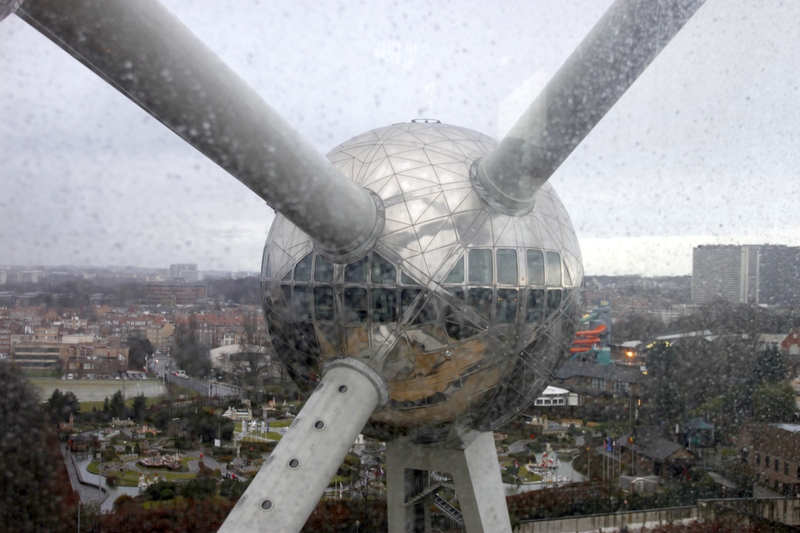
At 102 meters tall, with nine interconnected spheres (each 18 meters in diameter) linked by tubes and escalators, the Atomium defied both architectural norms and engineering limitations of its time. Waterkeyn’s original concept was for a structure of tubes only, but the Polaks insisted on adding spheres, which ultimately gave the Atomium its now-iconic look.
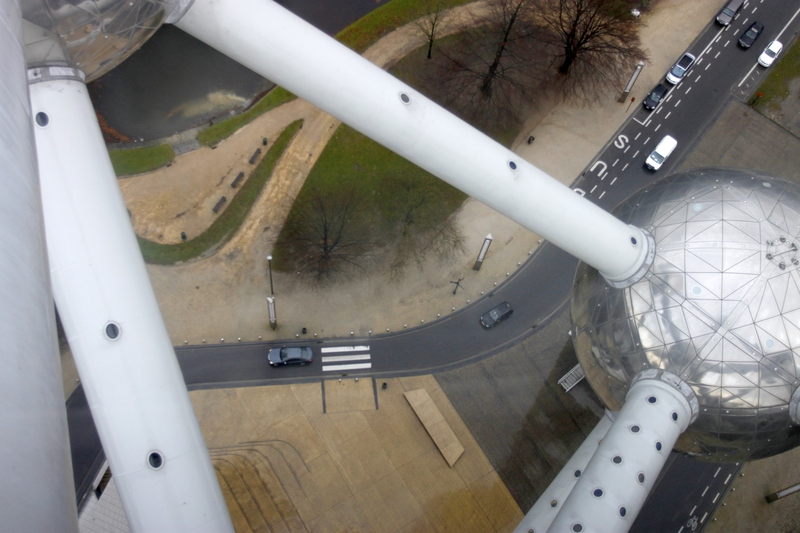
A Temporary Structure That Refused to Die
Despite being designed to stand for just six months, the Atomium captured hearts and imaginations. After Expo 58 ended, public opinion swayed in favor of keeping it. Over the decades, it became a beloved symbol of Brussels—so much so that when it started to deteriorate in the late 20th century, the Belgian government launched a full-scale renovation.
Between 2004 and 2006, the Atomium underwent a €26 million makeover. The dull aluminum cladding was replaced with gleaming stainless steel, internal infrastructure was upgraded, and new exhibition spaces were added. Today, it’s not just a historical remnant—it’s a fully functioning museum and cultural venue.
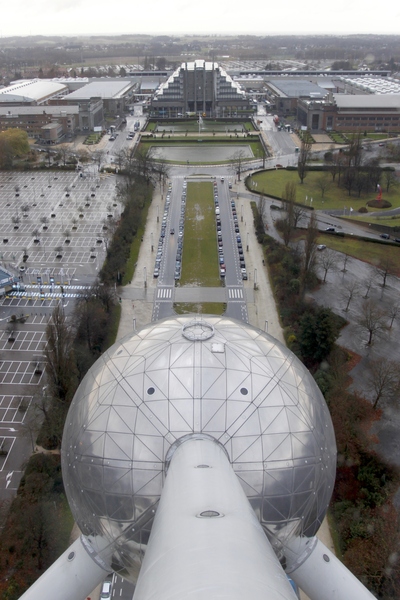
Inside the Spheres: More Than Meets the Eye
Stepping inside the Atomium is like entering a futuristic film set. You can explore five of the nine spheres, each offering a unique experience.
- Permanent Exhibition: Learn about the history of Expo 58, the creation of the Atomium, and its symbolic significance in post-war Europe.
- Temporary Exhibits: Ranging from design and art to technology and culture, these rotating exhibitions ensure there’s always something new to see.
- Top Sphere Panoramic View: Ride Europe’s fastest elevator (in 1958, it was revolutionary) to the uppermost sphere and take in 360-degree views of Brussels and beyond. On clear days, you can spot landmarks dozens of kilometers away.
- Restaurant in the Sky: Dine on classic Belgian dishes at the Atomium Restaurant, a rare chance to enjoy lunch or dinner in a giant atom.
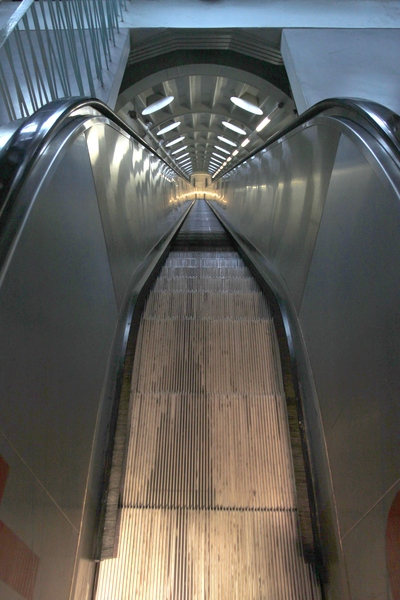
And don’t miss the escalator light tunnels—psychedelic pathways that connect the spheres and make you feel like you’re traveling through time or space. It’s an experience that appeals as much to the imagination as it does to the intellect.
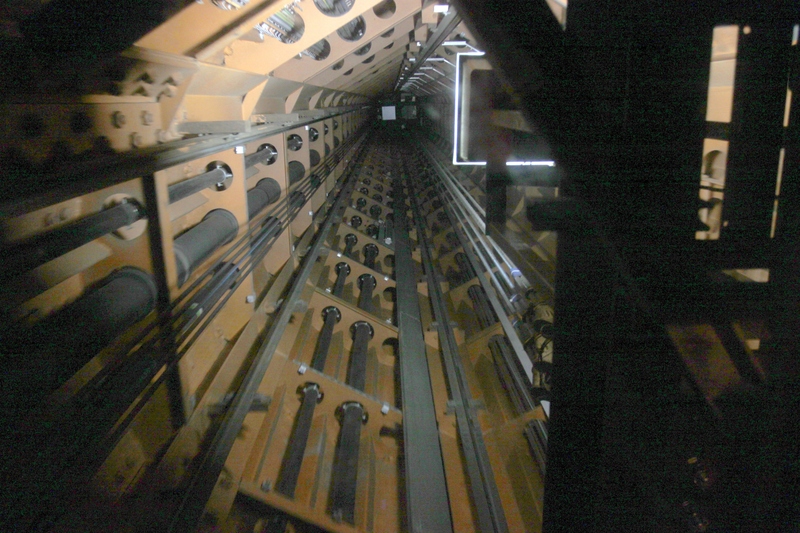
Did You Know? Quirky Facts About the Atomium
- Not just steel balls: The Atomium’s spheres contain a total of 20 exhibition halls, multiple viewing platforms, and even event spaces that can be rented.
- A sleepover in space: One sphere is dedicated to educational sleepovers for children, complete with starry ceilings and bunk beds—arguably the coolest school trip in Europe.
- A national symbol: The Atomium is so iconic in Belgium that it has appeared on postage stamps, coins, and even chocolate molds.
- Pop culture fame: It’s been featured in music videos, fashion shoots, and even video games like SimCity and Civilization.
Planning Your Visit
The Atomium is located in Heysel Park, just north of the city center. Take metro line 6 to Heysel/Heizel station and follow the signs—it’s impossible to miss once you’re above ground.
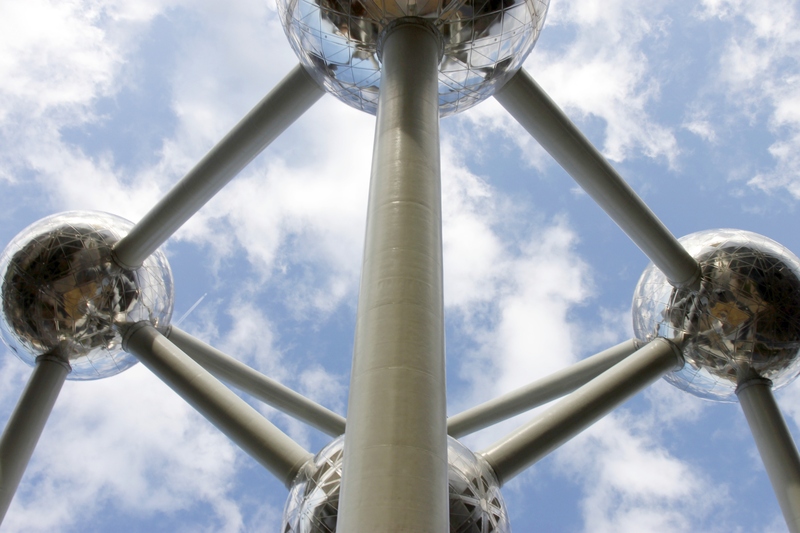
Tips for a Great Visit:
- Buy tickets online to skip the queues.
- Try to visit on a clear day for the best panoramic views.
- Combine your trip with a stop at Mini-Europe, right next door, where you can see scale models of Europe’s most famous landmarks.
- Allocate 1.5 to 2 hours to fully explore the exhibitions and enjoy the view.
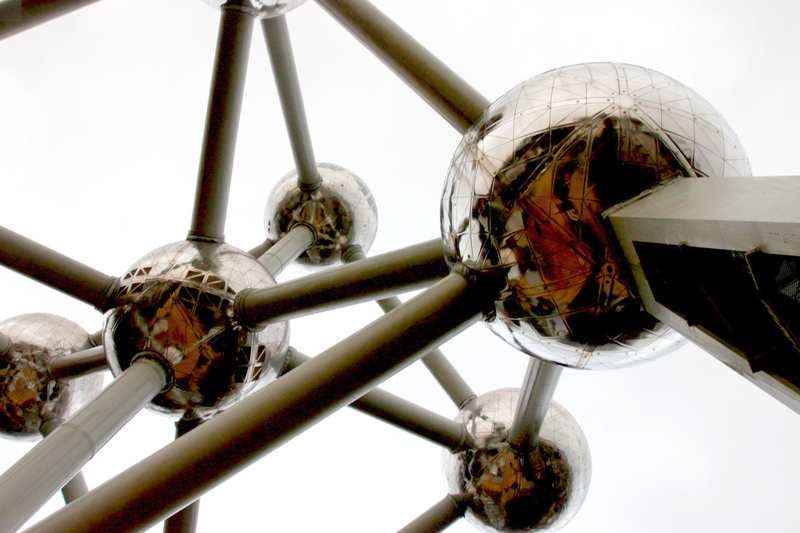
Why the Atomium Still Matters
The Atomium is more than just a photogenic tourist spot. It represents an era when humanity dared to dream big. In a time marked by geopolitical tensions and rapid technological change, the Atomium was a beacon of optimism, a belief in the promise of science, unity, and the future.
Today, it stands not just as a curiosity, but as a conversation between the past and the present. It challenges us to think about how architecture can inspire, how science can be celebrated, and how a city can be defined by its boldest ideas.
